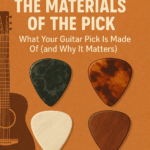Section 1: Warm-up (10 minutes)
Begin your practice session with a warm-up routine to prepare your fingers and hands for playing. Focus on exercises that improve finger flexibility, strength, and dexterity. Here’s a suggested warm-up routine:
- Finger exercises: Start by doing simple finger stretches, like opening and closing your hands, making gentle fists, and bending your fingers back and forth. Then, perform basic finger exercises like spider crawl (moving fingers sequentially up and down the fretboard) and finger rolls (rolling fingers on adjacent frets).
- Chromatic scale: Play the chromatic scale up and down the fretboard using all four fingers. This will help synchronize your fingers and improve coordination.
- Picking exercises: Practice alternate picking and economy picking exercises across strings to enhance your picking speed and accuracy.
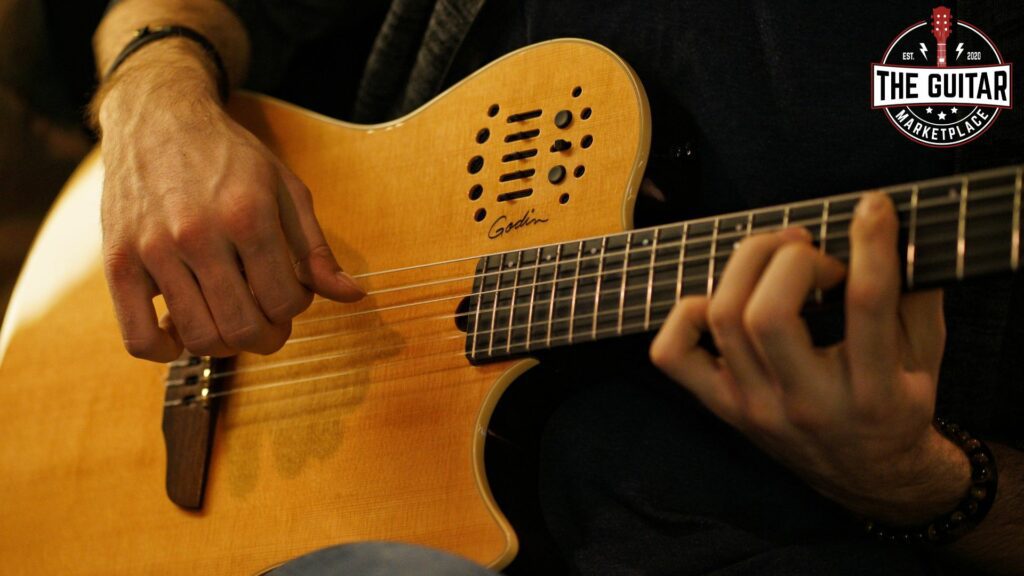
Section 2: Technique Building (20 minutes)
This section will focus on improving specific guitar techniques that you want to develop or master. Choose techniques based on your current skill level and personal goals. Here are some examples:
- Chords and strumming: Work on mastering essential open chords and practice various strumming patterns. Focus on maintaining a steady rhythm and clean chord changes.
- Scales and soloing: Learn and practice scales such as the pentatonic scale, major scale, or blues scale. Use them to improvise and create guitar solos.
- Fingerpicking: If you’re interested in fingerstyle playing, practice fingerpicking patterns and exercises to enhance finger independence.
- Barre chords: Work on barre chord shapes and transitioning between different chords. Start with easier variations and gradually move to more complex shapes.
- Bending and vibrato: Practice bending strings accurately and adding vibrato to your notes for expressive playing.

Section 3: Repertoire (30 minutes)
In this section, focus on learning and mastering songs. Choose a variety of songs that align with your skill level and musical preferences. Learning songs will help you apply the techniques you’ve been practicing and build your musical repertoire. Break this section into two parts:
- Learning new songs: Select a new song to learn and break it down into smaller sections. Work on each section separately before putting them together.
- Reviewing old songs: Spend some time reviewing and polishing songs you’ve already learned. This will help reinforce your memory and improve your overall playing.
Section 4: Ear Training and Music Theory (15 minutes)
Improving your ear and understanding music theory will greatly benefit your playing. Dedicate time to ear training and theory exercises:
- Interval recognition: Practice identifying intervals by ear, both ascending and descending. This skill will help you play by ear and create melodies.
- Chord progressions: Train your ear to recognize common chord progressions, which will help you anticipate chord changes in songs.
- Music theory study: Take some time to study essential music theory concepts like scales, chord construction, and keys. Understanding theory will deepen your understanding of music and enhance your improvisation skills.

Section 5: Improvisation and Creativity (10 minutes)
Improvisation is a vital aspect of guitar playing. Use this section to experiment with your creativity:
- Jam tracks: Play along with backing tracks or use a looper pedal to create your own chord progressions. Improvise melodies and solos over these tracks.
- Experiment with effects: If you have access to effects pedals, use them to explore different sounds and textures in your improvisation.

Section 6: Cool Down and Stretching (5 minutes)
Conclude your practice session with a cool-down routine to prevent muscle strain and promote flexibility:
- Slow chord changes: Play through some basic chords at a relaxed pace to cool down your fingers.
- Finger stretches: Gently stretch your fingers and hands to release any tension.
- Neck and shoulder rolls: Roll your neck and shoulders to relax the upper body.
Remember that consistency is key to progress. Stick to this practice plan and adjust it as needed based on your progress and personal goals. Always listen to your body and take breaks when necessary to avoid overuse injuries. Happy practicing!
Ever wondered what the greatest music is to come out of Birmingham? Click HERE to find out!
Looking for more practice routines? Check these below:
-
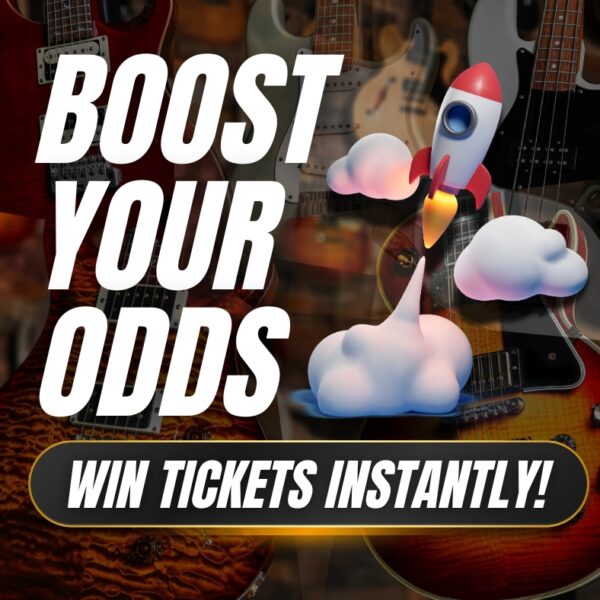 Boost Your Odds – Win Tickets Instantly!£1.99Per Entry
Boost Your Odds – Win Tickets Instantly!£1.99Per Entry -
 Taylor GS Mini-e Special Edition Electro-Acoustic in Silverburst£0.99Per Entry
Taylor GS Mini-e Special Edition Electro-Acoustic in Silverburst£0.99Per Entry -
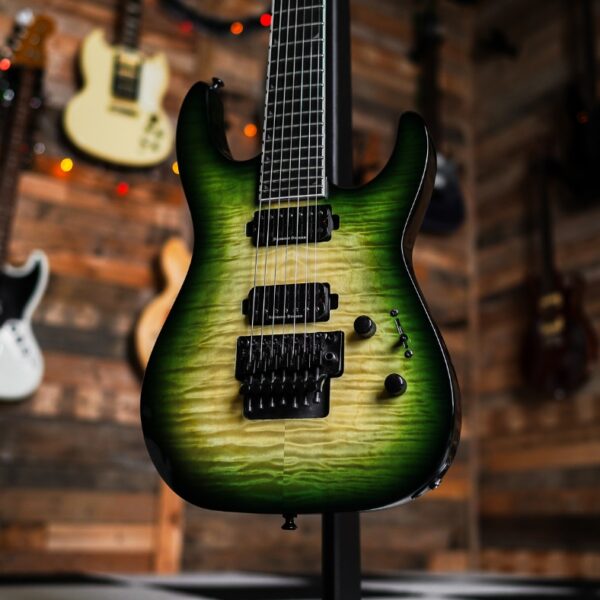 Jackson SL7Q Pro Soloist in Alien Burst Green£2.99Per Entry
Jackson SL7Q Pro Soloist in Alien Burst Green£2.99Per Entry -
Product on sale
 Taylor 814ce Grand AuditoriumOriginal price was: £3.99.£2.99Current price is: £2.99.Per Entry
Taylor 814ce Grand AuditoriumOriginal price was: £3.99.£2.99Current price is: £2.99.Per Entry -
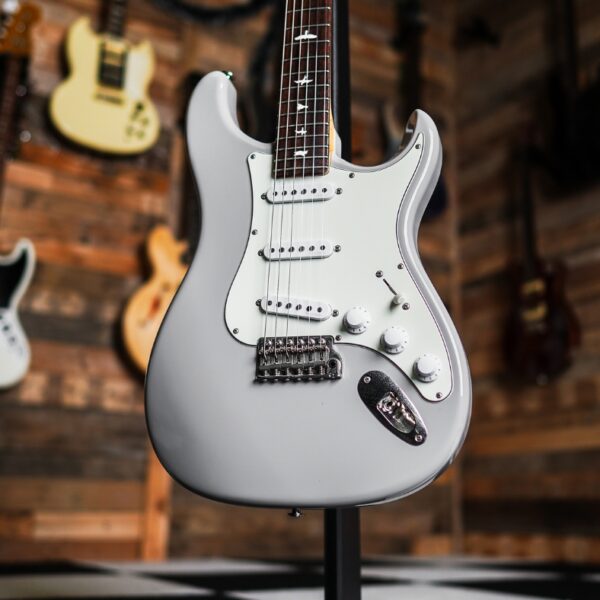 PRS USA John Mayer Silver Sky Silver in Tungsten£0.30Per Entry
PRS USA John Mayer Silver Sky Silver in Tungsten£0.30Per Entry -
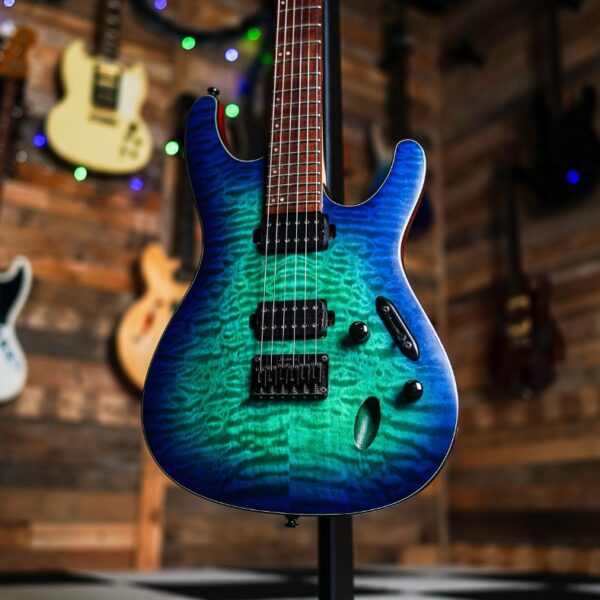 Ibanez S621QM in Saphire Blue Flat£0.07Per Entry
Ibanez S621QM in Saphire Blue Flat£0.07Per Entry -
 Epiphone Limited Edition Les Paul Custom Widow In Indigo Burst£0.99Per Entry
Epiphone Limited Edition Les Paul Custom Widow In Indigo Burst£0.99Per Entry -
 Fender guitarguitar Exclusive Player II Telecaster Roasted Maple Fingerboard in Charcoal Frost Metallic! Same-Day Delivery in the TGM Bus£1.25Per Entry
Fender guitarguitar Exclusive Player II Telecaster Roasted Maple Fingerboard in Charcoal Frost Metallic! Same-Day Delivery in the TGM Bus£1.25Per Entry -
 Free Wild Wednesday Giveaway! Spend £0 & Win a Mooer PRIMES1 Multi-FX or Spend £5+ & Win a Line 6 Pod Go Multi-FX£0.00Per Entry
Free Wild Wednesday Giveaway! Spend £0 & Win a Mooer PRIMES1 Multi-FX or Spend £5+ & Win a Line 6 Pod Go Multi-FX£0.00Per Entry


